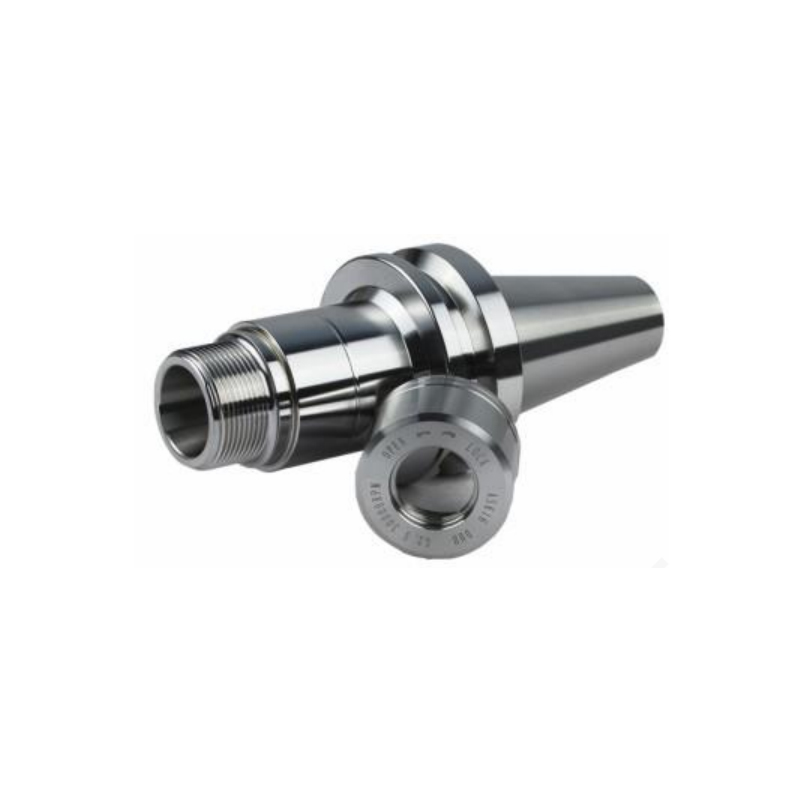When it comes to engineering and material science, the ability to withstand extreme temperatures is a critical consideration. In particular, the question of what materials can endure the most frigid conditions is of paramount importance across various industries, including aerospace, cryogenics, and even everyday applications like refrigeration. This article delves into the properties of materials that excel in cold environments, examining their molecular structures, thermal conductivities, and practical applications.
Understanding Cold Resistance
Cold resistance in materials is primarily determined by their thermal conductivity, brittleness, and structural integrity at low temperatures. As temperatures drop, many materials undergo phase changes, which can lead to increased brittleness or even failure. Therefore, selecting the right material for cold environments requires a nuanced understanding of these properties.
Key Materials That Withstand Extreme Cold
- Metals: Titanium and Stainless Steel
- Titanium: Known for its high strength-to-weight ratio and excellent corrosion resistance, titanium remains ductile even at cryogenic temperatures. Its low thermal conductivity makes it suitable for applications in aerospace and deep-sea exploration, where temperatures can plummet.
- Stainless Steel: Certain grades of stainless steel, particularly those with high nickel content, maintain their toughness and strength at low temperatures. They are commonly used in cryogenic storage tanks and pipelines, where the integrity of the material is crucial.
- Polymers: Polyethylene and PTFE
- Polyethylene (PE): This thermoplastic polymer exhibits remarkable toughness and flexibility at low temperatures. Its low density and excellent chemical resistance make it ideal for applications in cold storage and packaging.
- Polytetrafluoroethylene (PTFE): Known for its non-stick properties, PTFE remains stable and retains its mechanical properties even at cryogenic temperatures. Its low friction coefficient makes it suitable for seals and gaskets in extreme cold environments.
- Composites: Carbon Fiber Reinforced Polymers (CFRP)
- CFRP combines the lightweight properties of polymers with the strength of carbon fibers. This composite material maintains its structural integrity at low temperatures, making it ideal for aerospace applications where weight and performance are critical.
- Ceramics: Zirconia and Alumina
- Zirconia: This ceramic material exhibits exceptional thermal stability and mechanical strength at low temperatures. Its resistance to thermal shock makes it suitable for applications in cryogenic environments, such as rocket nozzles and thermal barrier coatings.
- Alumina: Known for its hardness and thermal resistance, alumina remains stable at low temperatures and is often used in applications requiring high wear resistance, such as bearings and cutting tools.
The Role of Cryogenics
Cryogenics, the study of materials at extremely low temperatures, has led to significant advancements in material science. Researchers are continually exploring new alloys and composites that can withstand even lower temperatures than previously thought possible. For instance, the development of superconducting materials, which exhibit zero electrical resistance at cryogenic temperatures, has opened new avenues in energy transmission and magnetic levitation technologies.
Practical Applications
The ability to withstand extreme cold is not just a theoretical concern; it has real-world implications. Industries such as aerospace rely on materials that can endure the harsh conditions of space travel, where temperatures can drop to near absolute zero. Similarly, the oil and gas industry requires materials that can function in Arctic environments, where equipment must operate reliably despite freezing temperatures.
Conclusion
In conclusion, the quest for materials that can withstand extreme cold is a multifaceted challenge that combines principles of physics, chemistry, and engineering. From metals like titanium and stainless steel to advanced polymers and composites, the options are diverse and tailored to specific applications. As technology continues to evolve, the development of new materials capable of withstanding even lower temperatures will undoubtedly play a crucial role in the future of various industries. Understanding these materials not only enhances our ability to innovate but also ensures safety and efficiency in environments where the cold is a constant adversary.




